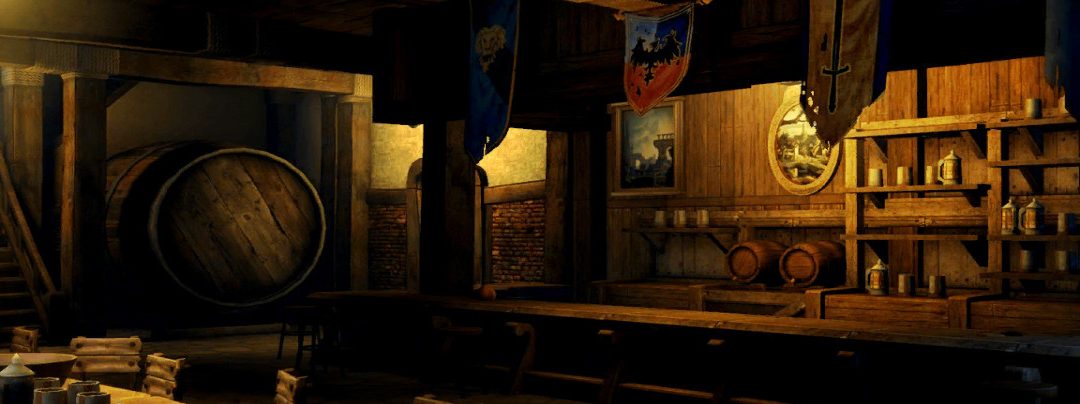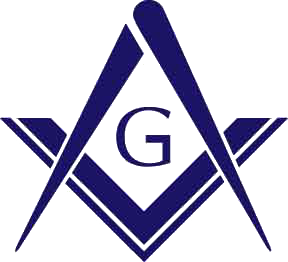by Brother Stephen E. Patrick
Few should be surprised to learn that the early history of the Masonic Fraternity was spent in taverns. The Craft met, as did virtually every other club and society of the day, in local inns and taverns. Often, the proprietor would start a club simply as a means of drawing more business for his establishment.
Freemasonry enjoyed a cheerful, convivial nature, and prints of the period reveal that Lodges would actually perform Ritual work while seated at a table spread with glasses, bottles, and copious punch bowls. As the Ritual became more precise and stylized later in the eighteenth century, the habit of sitting at the table was replaced with the familiar practice of calling off to refreshment.
Freemasonry exhorts the Brethren to follow a number of virtues, including temperance, and even the earliest constitutions carried regulations against drunkenness in the lodge. The practice of enjoying wine and spirits in the Lodge room was largely lost in America during the prohibition movement of the nineteenth and early twentieth centuries. For many of us, the physical remains of that era of wine and song are strange indeed. Pitchers used for ale or beer were a favorite with early Masons both at home and in the Lodge room. Some were fairly expensive, hand-painted jugs with carefully delineated working tools and emblems along with attractive floral sprays. The use of profuse Masonic symbols on all these objects indicates the practice of using them as a sort of tracing board for instruction while enjoying a glass of beer!
Other pitchers, of cheaper production, were also printed with Masonic designs. Made about 1810 until 1820, and filled with working tools and other symbols, this pitcher contained the words to a popular Masonic song. The two pillars, sometimes marked “J” and “B,” were the object of Grand Secretary Laurence Dermott’s joke in the introduction to the Antient Grand Lodge of England’s 1754 book of constitutions, know as the Ahiman Rezon. Dermott chided the Fraternity saying that many Brethren were of the opinion that the pillars were barrels marked to distinguish the Jamaican rum from the Barbadian!
Glassware also played an important role in the table of refreshment. These pieces range from crudely-molded glass hip flasks with Royal Arch and many other Masonic symbols, circa 1820 (See Figure 3, page 16) to beautifully engraved lead-crystal wine goblets with a simple Square and Compasses design and delicate borders, circa 1790 (See Figure 4). Criticism from within the Fraternity that the use of alcohol made Masons susceptible to ridicule resulted in the eventual ban of its use in virtually all of the United States. However, these intriguing and often very attractive drinking implements are historic reminders of a time when a joyful collection of Masons would make numerous toasts, and sing:
The world is all in darkness
About us they conjecture;
But little think,
A song and a drink,
Succeeds the Mason’s lecture.


